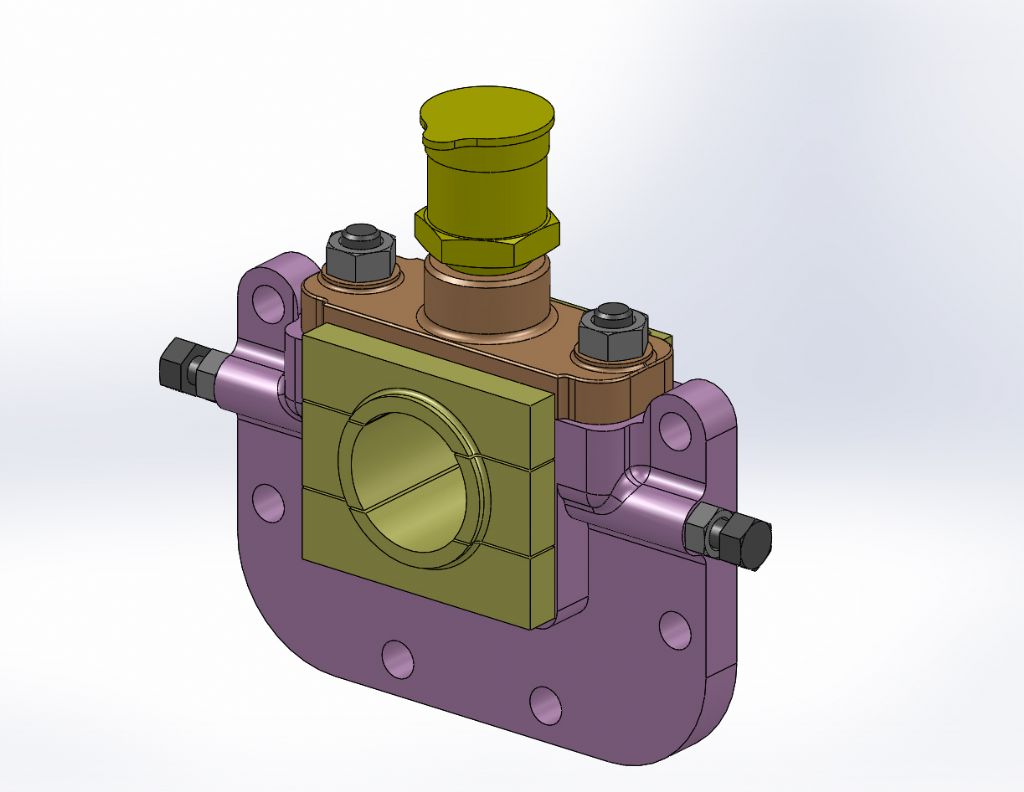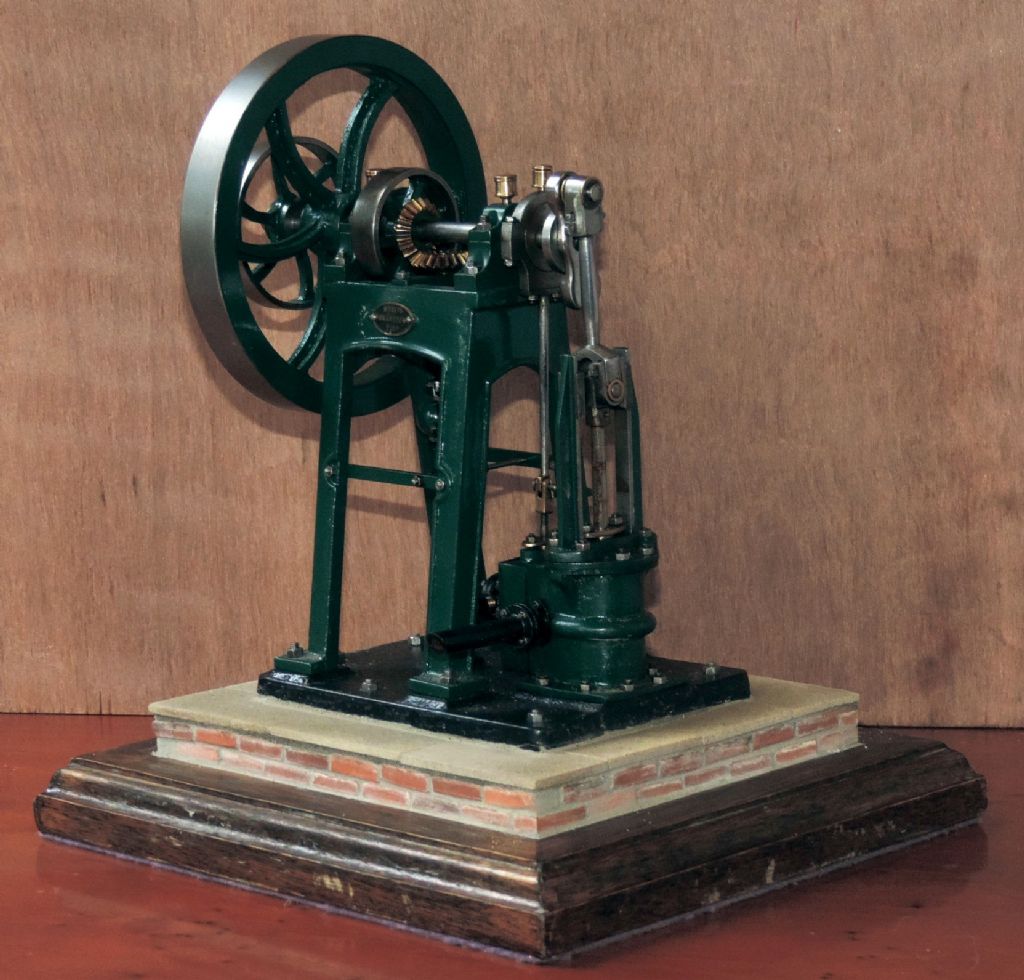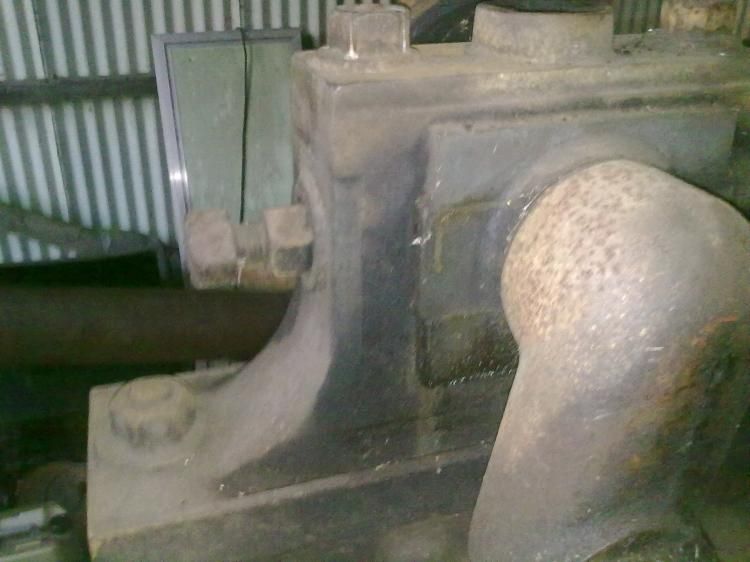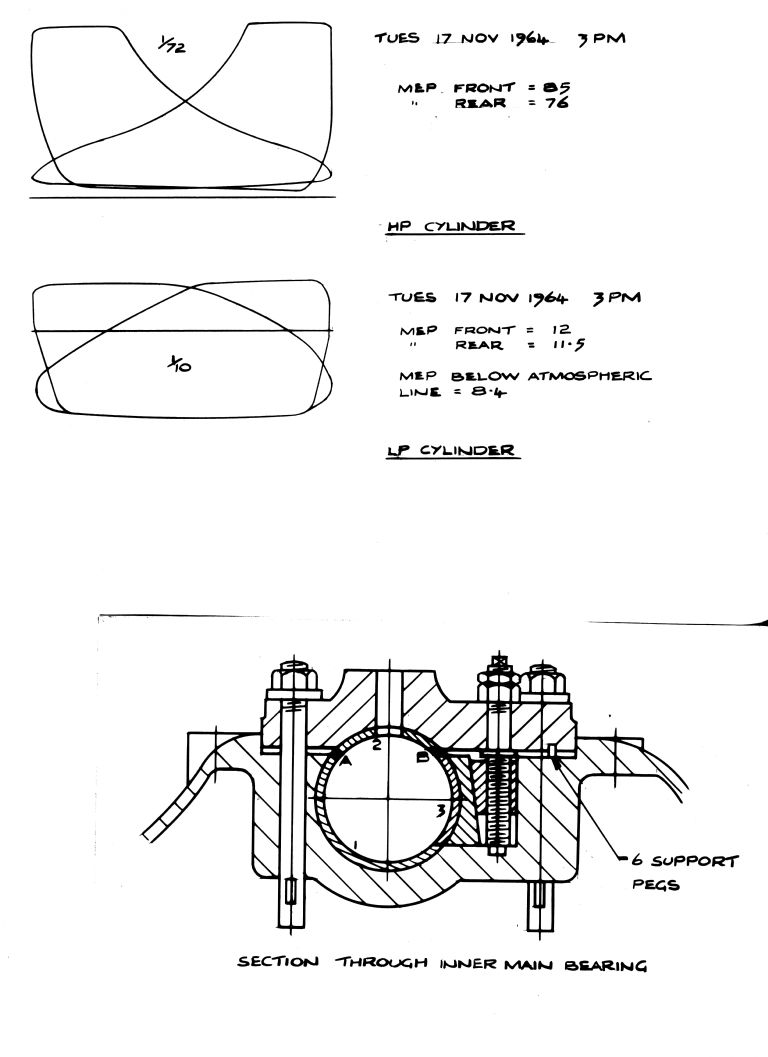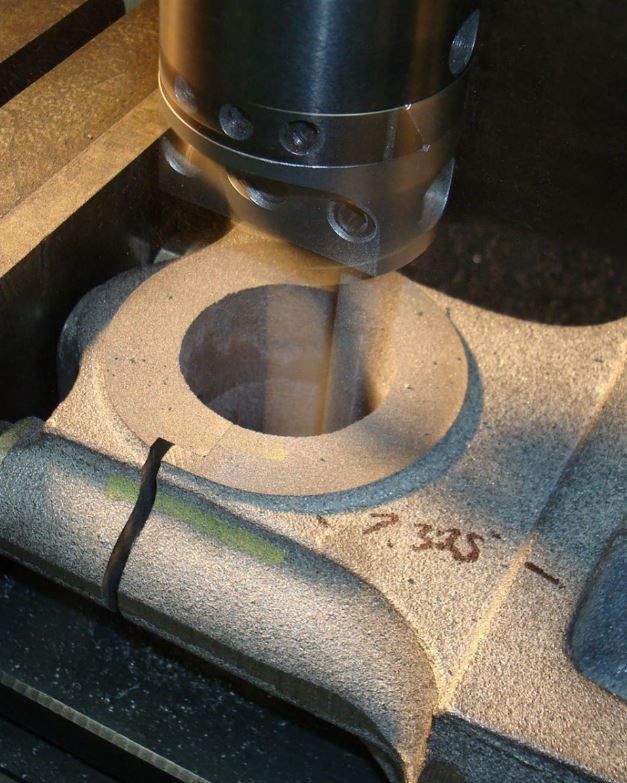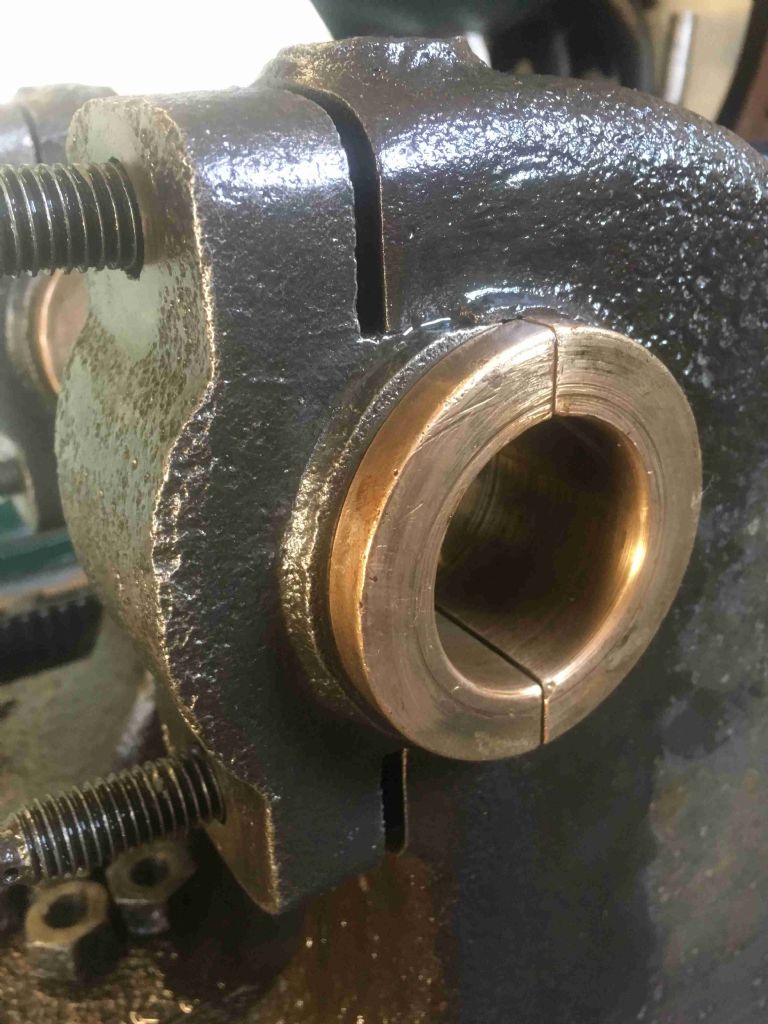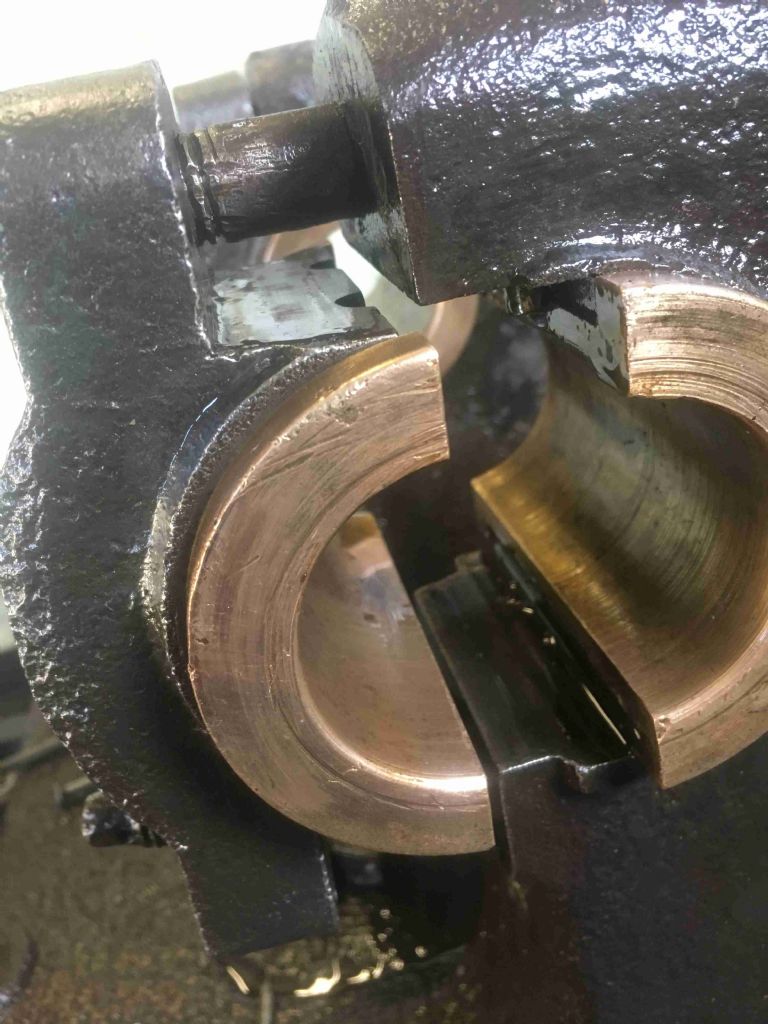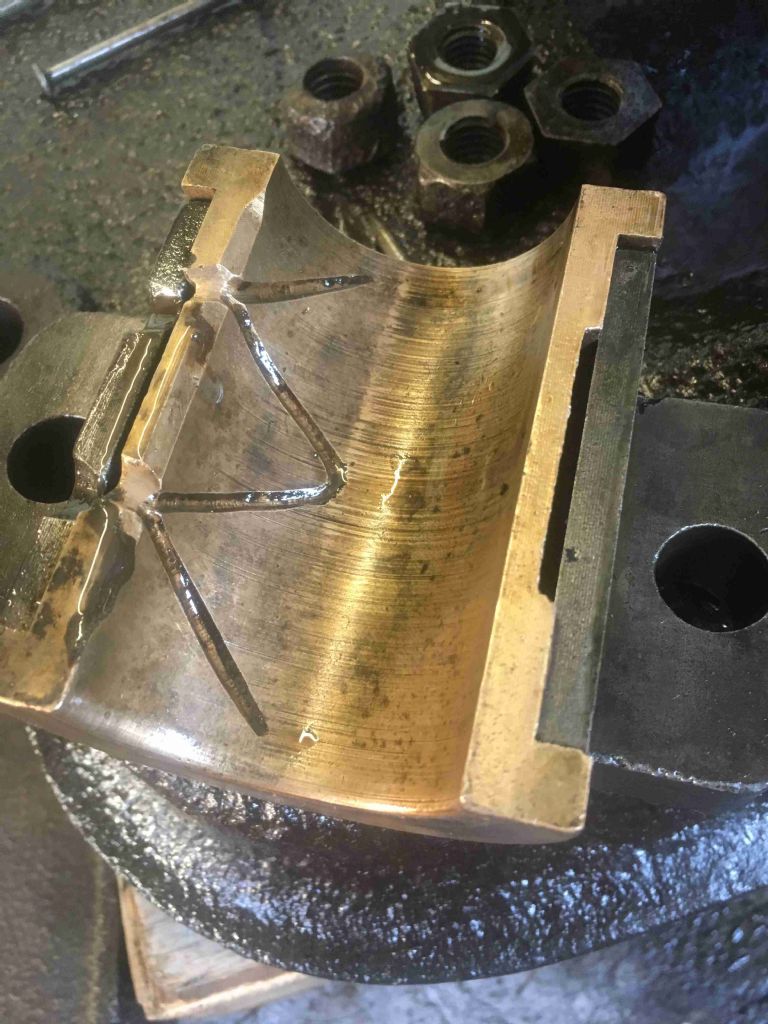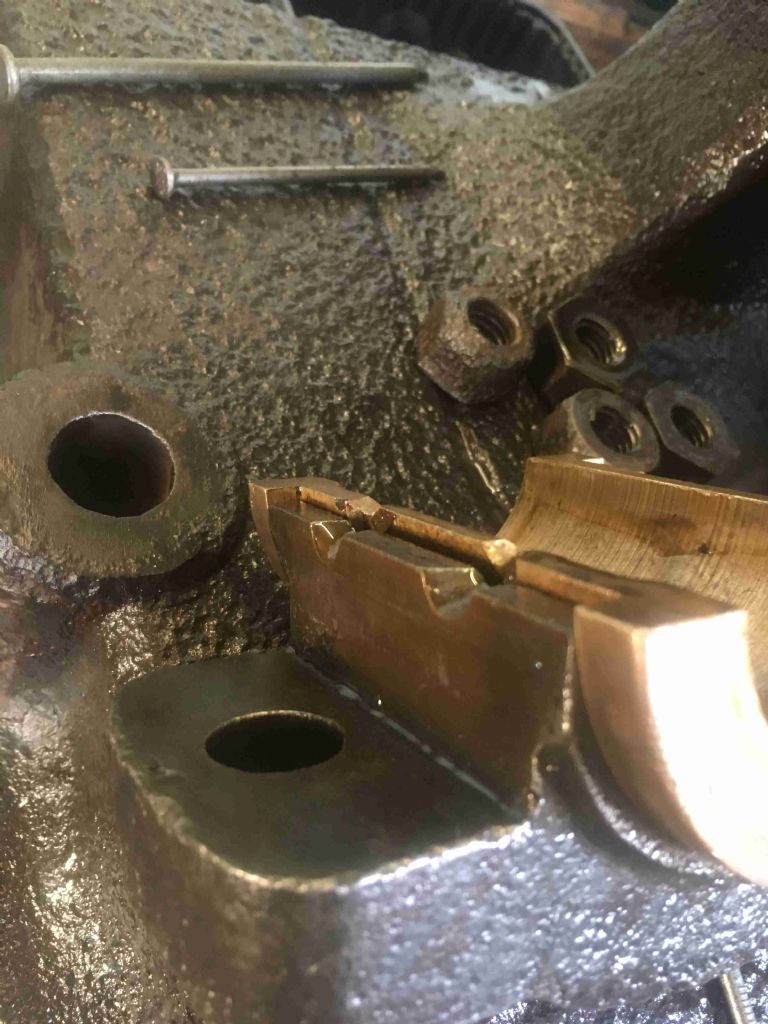Setting Clearance on steam engine bearings
Setting Clearance on steam engine bearings
- This topic has 21 replies, 12 voices, and was last updated 18 October 2017 at 15:19 by
David Standing 1.
Viewing 22 posts - 1 through 22 (of 22 total)
Viewing 22 posts - 1 through 22 (of 22 total)
- Please log in to reply to this topic. Registering is free and easy using the links on the menu at the top of this page.
Latest Replies
Viewing 25 topics - 1 through 25 (of 25 total)
-
- Topic
- Voices
- Last Post
Viewing 25 topics - 1 through 25 (of 25 total)
Latest Issue
Newsletter Sign-up
Latest Replies
- UK Steel Supplier? 125 x 125 x 50 BMS
- Depth of cut cowells me90
- Pratt Bernard Grip true issues
- MD65 leadscrew cross-slide stuck in nut
- Ultra Newcomer Lathe Setup Query
- Bandsaw vs Powered Hacksaw vs Chop Saw?
- How many rings per piston?
- Will iron rivets expand to fill oversized hole?
- Meek style dog-clutch for a Colchester
- Chuck- Lathe yet another type.


